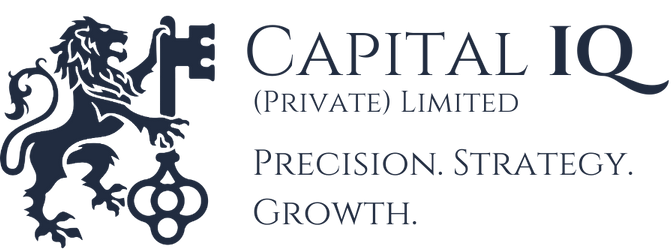Case Study
Crisis Management in Wealth Advisory
Background
Financial markets are inherently cyclical and vulnerable to shocks. Periods of stability can quickly give way to sharp volatility triggered by economic dislocations, geopolitical events, or policy uncertainty. For high-net-worth individuals (HNWIs), the consequences of such turbulence can be severe if portfolios are overly exposed to growth assets without adequate downside protection. This case study explores how thoughtful hedging and defensive positioning allowed an advisory team to protect client wealth during a period of acute geopolitical and economic stress.
The Challenge
In early 2022, heightened geopolitical tensions and inflationary pressures combined to roil global markets. Equities, particularly in cyclical sectors, experienced steep declines, while bond markets faced headwinds from rising interest rates. The client’s primary concern was preserving long-term capital while remaining invested for recovery opportunities. The challenge for the advisory team was to strike a balance between defensive risk management and participation in potential rebounds, without resorting to wholesale liquidation of assets.
The Strategy
The advisors adopted a layered, proactive risk management approach. First, they raised modest allocations to cash and short-duration instruments, providing liquidity and optionality without fully retreating from the market. Second, they increased exposure to gold, a traditional safe-haven asset that historically performs well during periods of crisis and inflation.
In parallel, the portfolio was rebalanced to emphasize defensive sectors such as healthcare and consumer staples, which tend to exhibit resilience during downturns due to steady demand. Finally, derivative overlays were employed: protective put options and index hedges were introduced, capping downside risk while retaining equity exposure. This multi-pronged strategy ensured that risks were diversified across asset classes and instruments, rather than relying on a single hedge.
The Outcome
When the crisis unfolded, the diversified hedge framework proved effective. While broad equity markets registered double-digit declines, the client’s portfolio experienced only a fraction of the drawdown. Gold exposure provided positive returns that partially offset equity weakness, while defensive sectors delivered relative outperformance. The derivative protections, though representing a cost, created a floor under portfolio losses and offered peace of mind at the height of uncertainty.
As volatility subsided, the retained liquidity in cash allowed the advisors to tactically reinvest in undervalued assets, capturing the eventual recovery. This not only preserved wealth but also positioned the client to benefit from market normalization.
Key Takeaway
This case illustrates the importance of risk management and proactive strategy in wealth preservation. By anticipating crisis scenarios and integrating multiple layers of defense—cash reserves, gold allocations, defensive equities, and derivatives—wealth managers can protect capital and sustain client confidence during turbulent times. More importantly, such strategies highlight that effective crisis management is not about predicting the exact trigger, but about building resilient portfolios capable of withstanding shocks.

